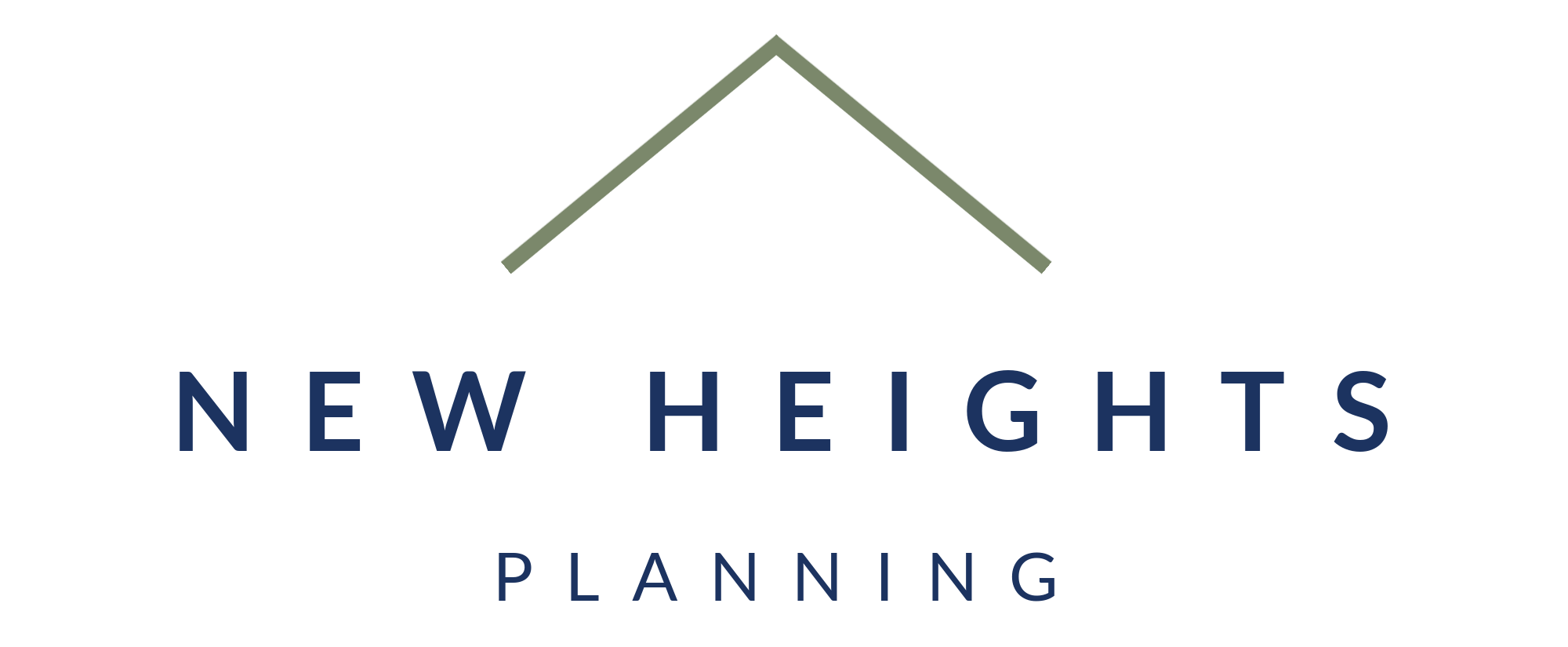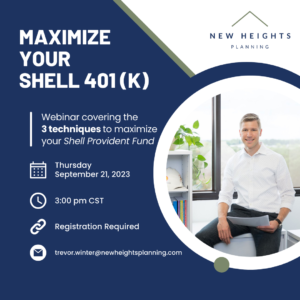Investment Philosophy, Part 2
Investment Philosophy, Part 2.
Full Transcript:
The suspense is over. Here’s part two of New Heights Planning’s investment philosophy.
In part one, we covered the first three principles discussing; Why it’s time in the market that matters, how asset allocation is the biggest driver for your rate of return, and why you should strive for average market returns. Now, in part two, we’ll discuss the next three principles talking about; How to tilt towards a better average, how taxes and fees matter, and why you should systematize your investing.
Principle number four tilt towards a better average. With principle number three, we’re talking about striving for average market returns. However, there are countless indices out there with different averages. When we look across these indices in general, you’ll see that value stocks have outperformed growth stocks. Also, stocks of smaller companies have outperformed stocks of larger companies.
Additionally, there’s one other factor that has a return premium, the profitability or quality of a company. Stocks of companies that are more profitable have outperformed stocks of companies that are less profitable. At New Heights Planning, we tilt towards a better average by investing in funds and individual stocks that overweight these factors.
Principle number five, fees and taxes matter. Both can have a significant headwind to the growth of your investment portfolio and, ultimately, your path to financial independence. Let’s start with fees. All investing has some cost. However, some fees are way less transparent than others. These fees can really add up to significantly drag down the return on your portfolio. Let’s look at this example where we’re looking at two portfolios, both with $1 million in them and both with no future contributions. The only difference between the two portfolios are the fees, A seemingly small difference of 0.8%. However, that small difference had an impact of over $1 million after 25 years. That’s more than the portfolios started with.
Now let’s talk about taxes. There are many different ways that investments can be taxed. One way to minimize your taxes is through proper asset location. The process of aligning the individual investment with the best account type for that investment. For example, I put more stocks in Roth accounts to maximize tax-free growth and put more bonds in pretax accounts to defer income taxes.
Principle number six systematize your investing. When it comes to your investing success, chances are you are the weakest link. By systematizing your investing, you take behaviors out of the equation. You’ve likely to do a great job saving within your 401k with automated contributions. Take this same success and consider doing that for other investment accounts as well.
Also, systemization is critical for more complex tasks. At New Heights Planning, we use a portfolio that automates tax loss harvesting to minimize our client’s tax bill. Lastly, don’t overcomplicate things. The simplest solution that effectively gets the job done is probably the best.
This concludes the overview of the investment philosophy from New Heights Planning. I encourage you to consider your own investment philosophy, write down what you will do, and stick to it. Also, reach out to me if you’d like a second opinion on your investment portfolio.



